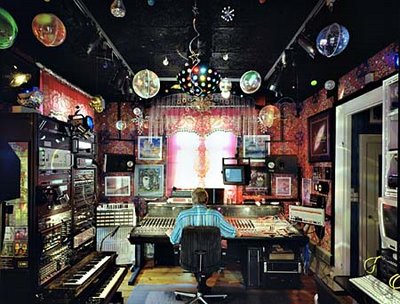 This one in via Magnus.
This one in via Magnus."Ralph Lundsten, 70 years old, started his electronic music studio in 1959. He lives in a pink house,a very pink house, in the Stockholm archipelago where he has his studio Andromeda. In the mid sixties he collaborated with a Finnish engineer, Erkki Kuriniemi, and built what probably was the worlds first polyhonic synthesizer with a sequencer. The Andromatic [pictured below]. It had 10 tone generators, some filters, and modulators. All analog. Erkki also built the Dimi-O in 1970 or 71. A synth with a tv camera where you played the music in the air,so to speak. This instruments made it possible to experiment vith interactive video techniques, e.g. allowing a dancer to create sound by his/her movements. He also built the Dimi-S. Dimi-S or "Sexophone" (Ralph Lundsten refers to this as the "Lovemachine") was a fun instrument for four players. Handcuffs and wires connected the players to the electronic unit, which measured the electrical resistance between all six pairs. When two people touched each other repeatedly, a sequence of musical tones were heard. With increasing skin moisture and contact area, the intensity of the music increased. All about the Andromatic and Dimi series here (pdf). Ralph Lundsten's site with pictures and VR panoramas of his house and studio here. Unfortunatley it is in Swedish but check the third and fourth link, Frankenburg, and Ralphs hus Andromeda studio. He still has the Andromatic in there as far as i can tell. Lower left in the left rack [pictured above]."
 The Andromatic
The AndromaticVia the Andromatic and Demi Series pdf:
"In 1961 or 1962 I was invited by prof. Erik Tawaststjerna to develop the electronic music studio for the Institute of Musicology, University of Helsinki. Erik Tawaststjerna, the late professor of musicology, is perhaps best known for his extensive and definite biography of Jean Sibelius."
"I began to construct a modular synthesizer, after Moog brochures and transistor circuit manuals. It was to consist of a Generator Unit, a Filter Unit, and a Mixer, all built into a sound studio console. In it, I tried to experiment with every possible analog and digital sound processing circuit. Integrated circuits were not yet available (all early production went into military and space applications). But Philips made a set of epoxy encapsulated logic circuits, gates and flip-flops. These were used in the Generator Unit [pictured below], both in the audio range (square wave) and as digital control signals, all freely programmable with a 500-point pin crossbar matrix."
 The Generator Unit
The Generator Unit


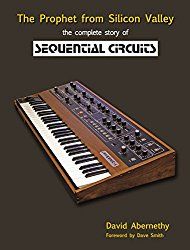
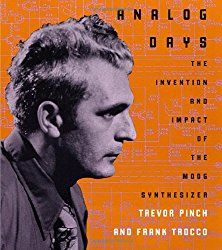
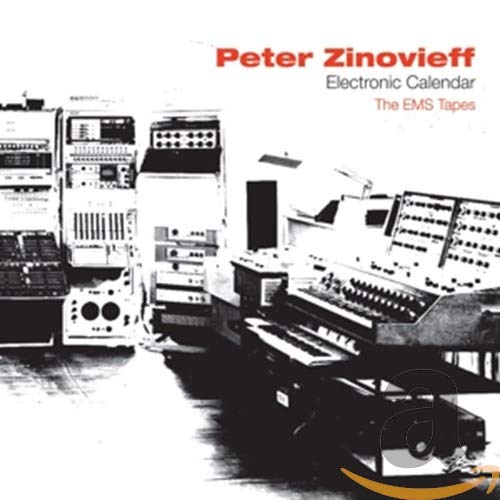
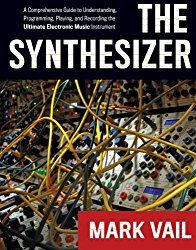
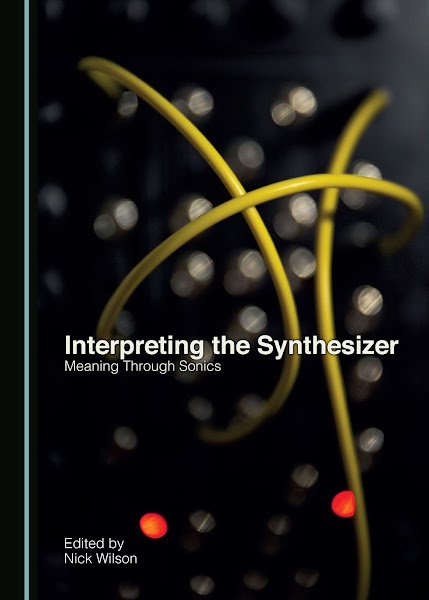
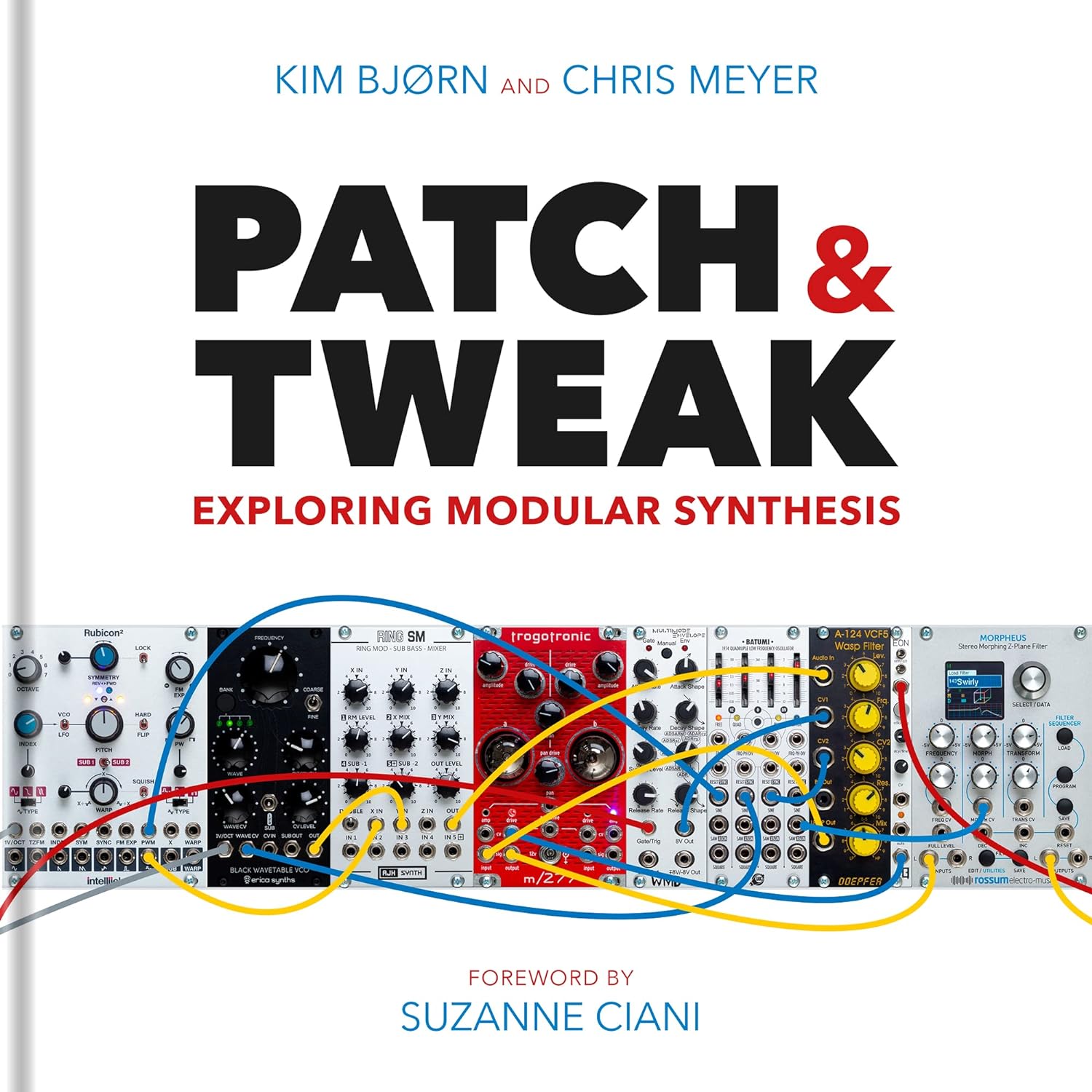
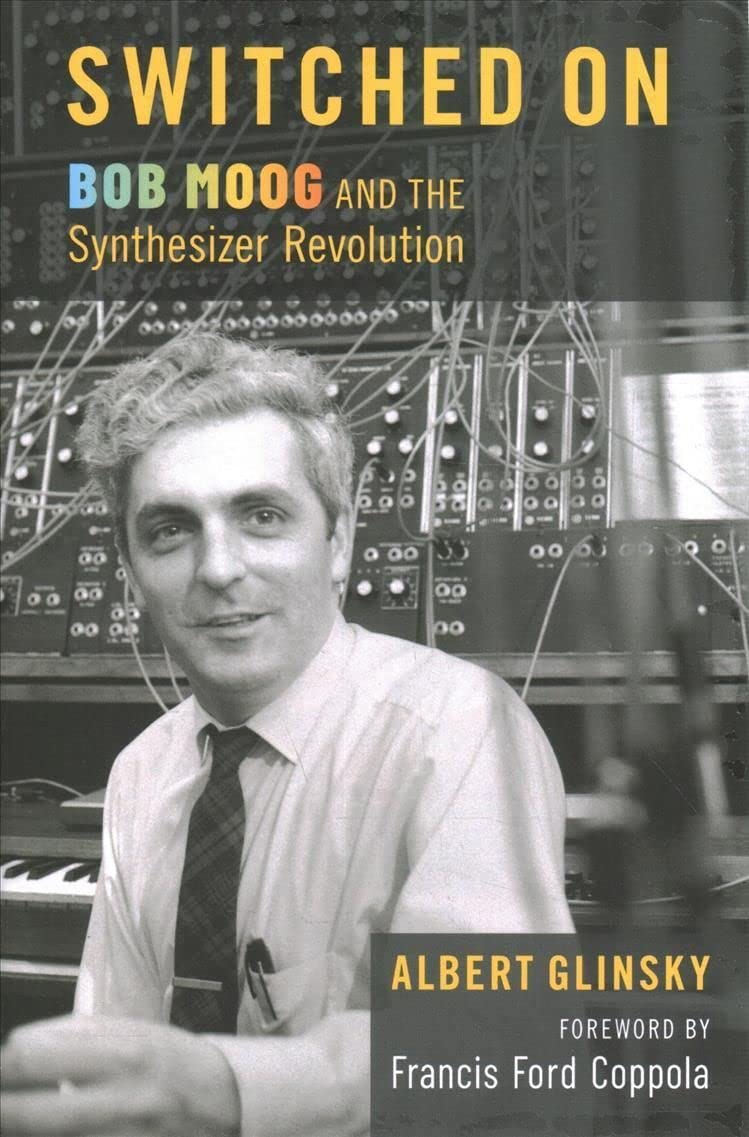
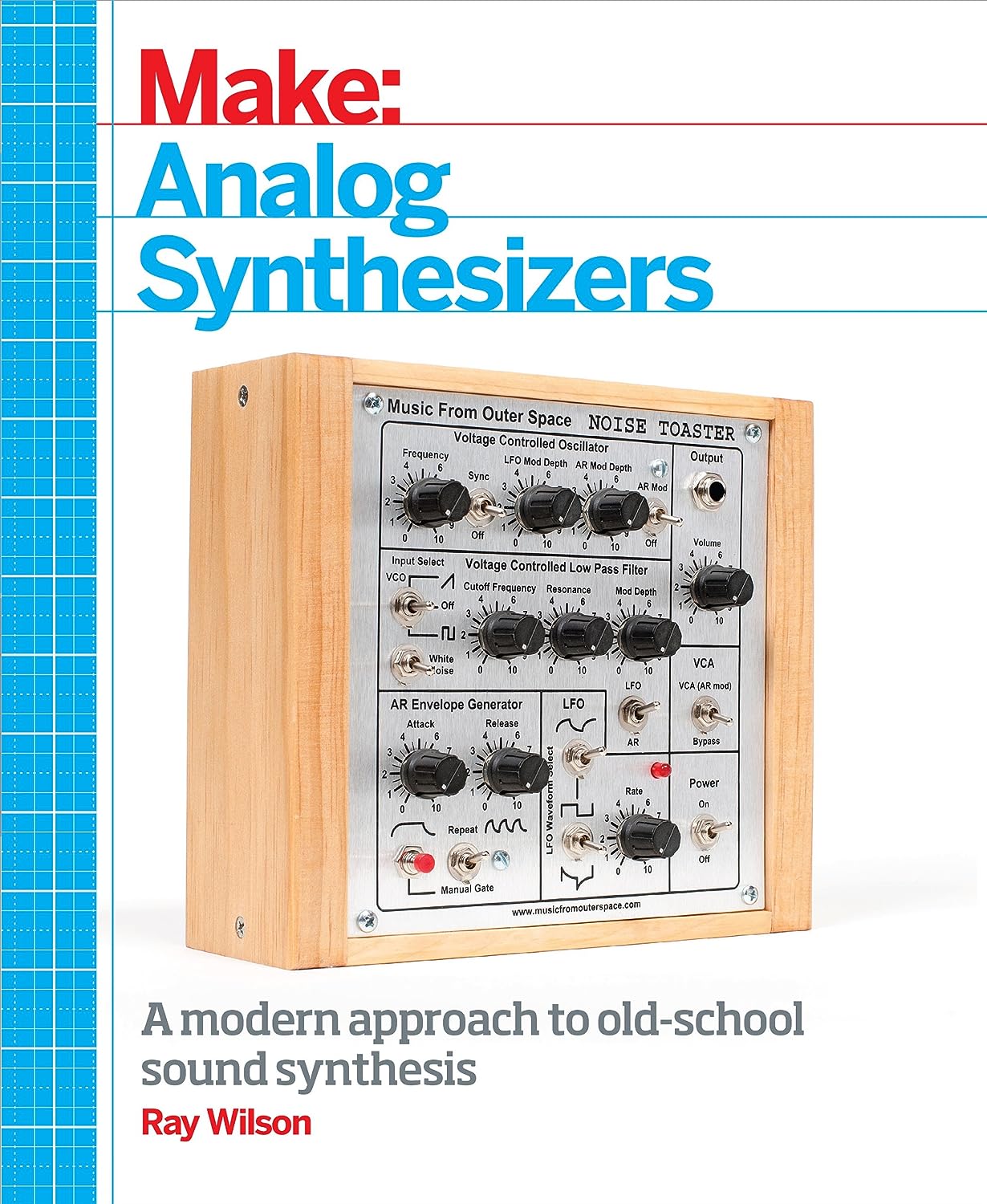
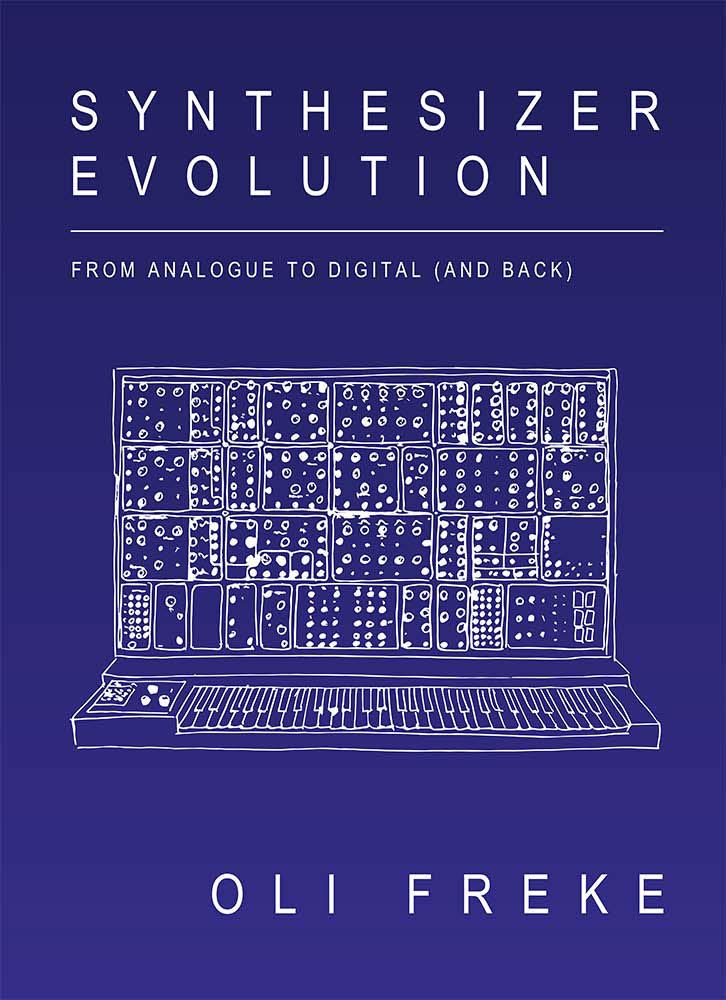
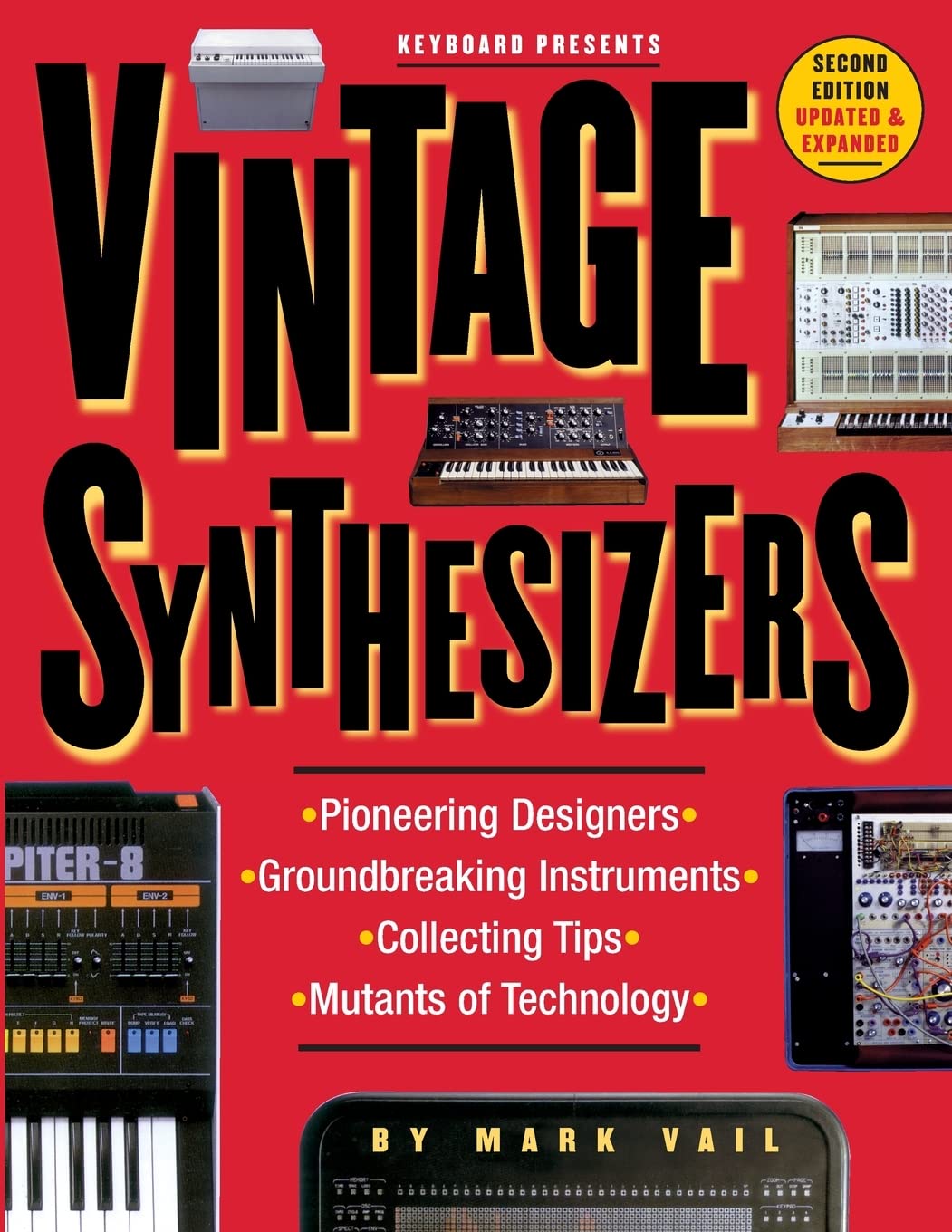

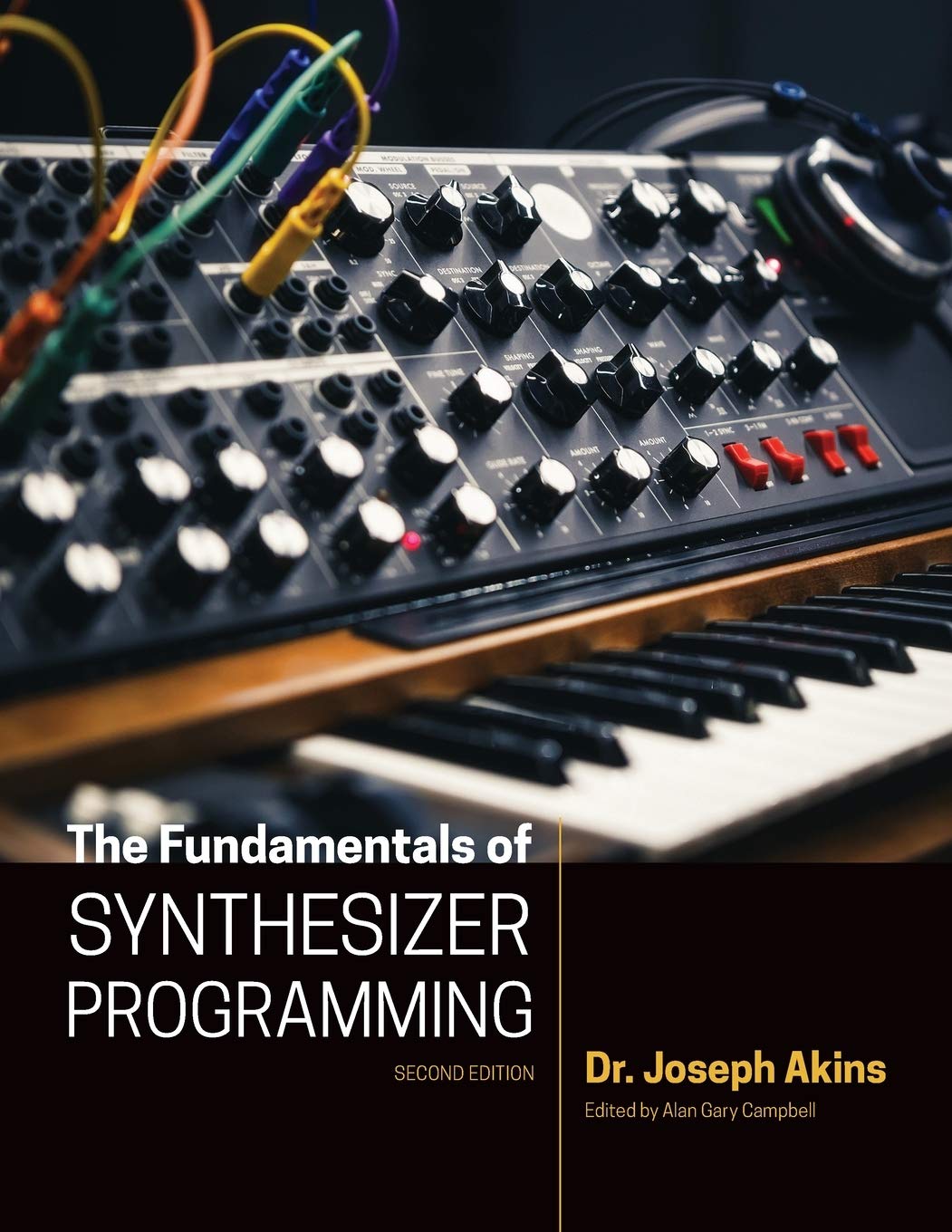














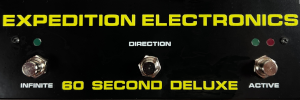
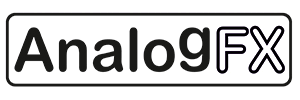









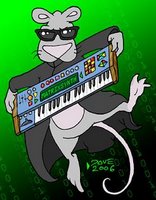
Pan SOnic have a DVD out with these people and the boxes all performed live
ReplyDelete